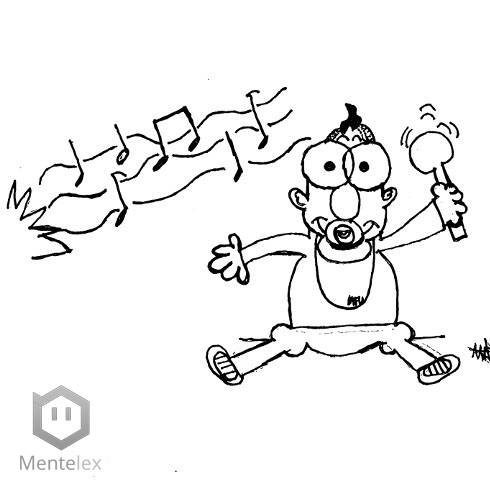Mindfulness Meditation Part 1 With its origin in Buddhist meditation, Mindfulness can be defined as a meditation technique that focus on attention control and on increasing awareness over the moment-by-moment experience. In recent years, Mindfulness has been applied as a therapy approach in psychology, with positive results in stress reduction, anxiety symptomatology and emotional regulation (Arch
Reading comprehension worksheet 1
Welcome to the world of “Evotext” or evolutionary texts. It is an easy idea. We have adapted a literary classic “Gulliver’s Travels”, and we have created four levels: A, B, C, and D. Level A is very easy to read and Level D is very difficult. The idea is that if your reading skills improve,
Toddlers are good discriminating speech sounds. Attention to speech sounds is one of the factors that help the development of speech perception during the first year of life. Therefore sound discrimination can be improved by being exposed to different and varied speech sounds. What science teaches us Babies 6 to 8 months of age can
Restless Leg Syndrome (RLS) RLS affects 1,5 million children and adolescents. Often begins during childhood or adolescence and can result in poor intellectual and/or emotional function. Although symptoms are worse at night, it is possible to experience it throughout daytime. CAUSES Genetics: Autosomal – dominant hereditary pattern Chromosomes genetic loci 9p, 12q, and 14q. Dopamine abnormality. (Cervenka et al., 2006) Iron deficiency: low serum
Dyslexia and Learning Dyslexia and learning disability are very common in childhood. The dyslexic child, a child who cannot read well, is much more likely to develop a learning disability. According to the DSM – V, specific learning disorder, occurs between 5% and 15% of children in school age. One of the common causes of








